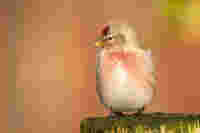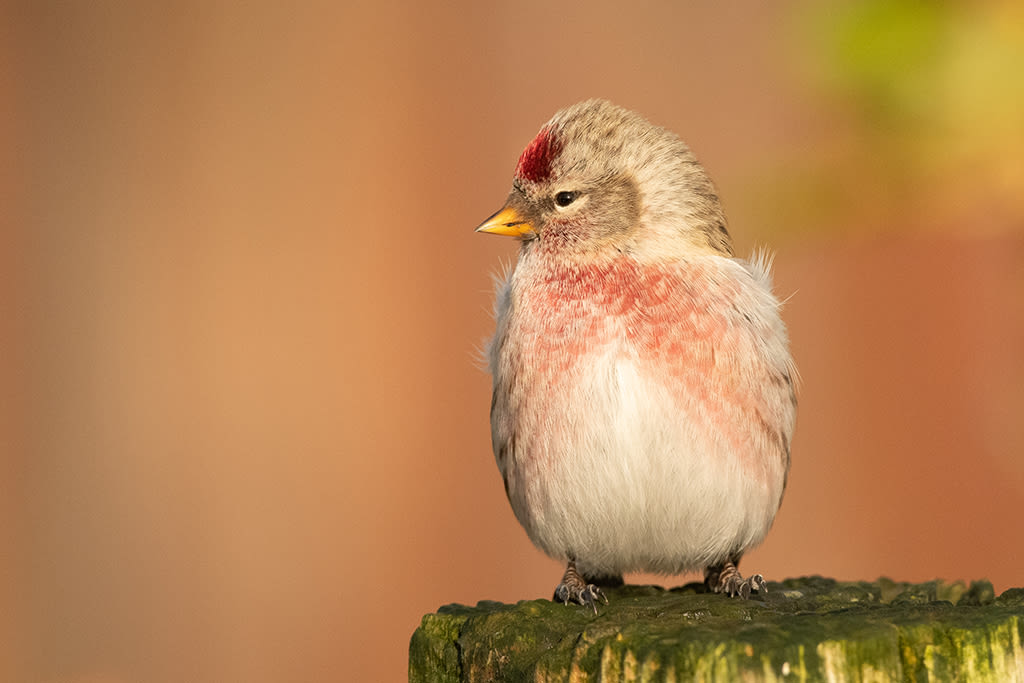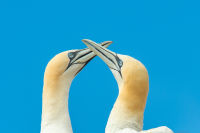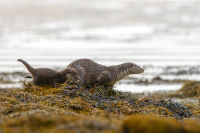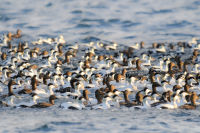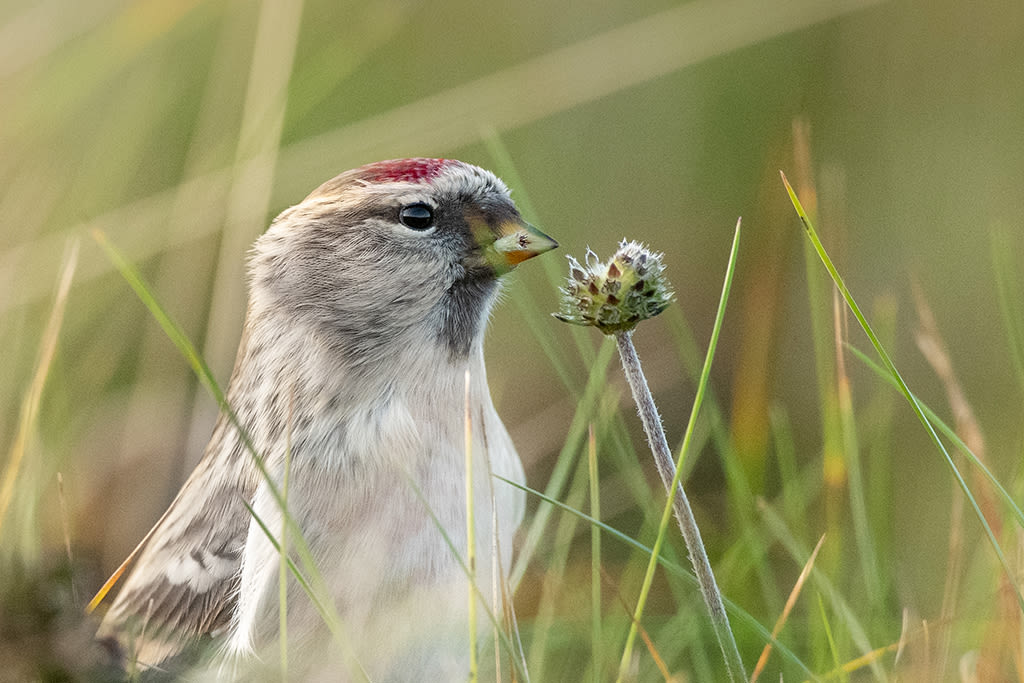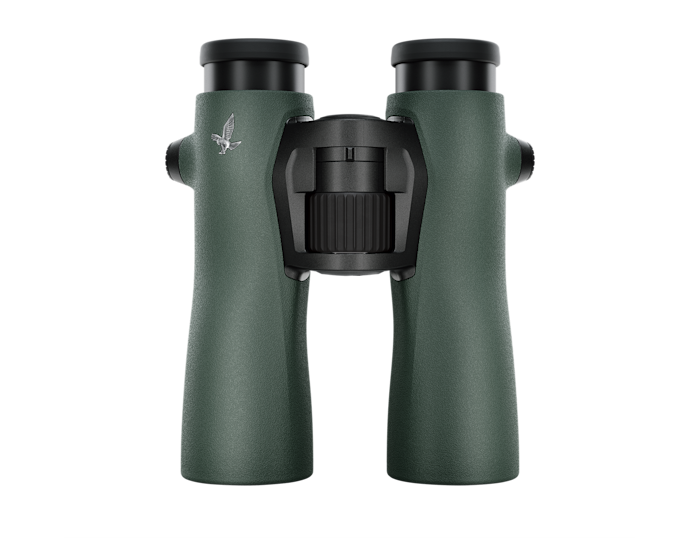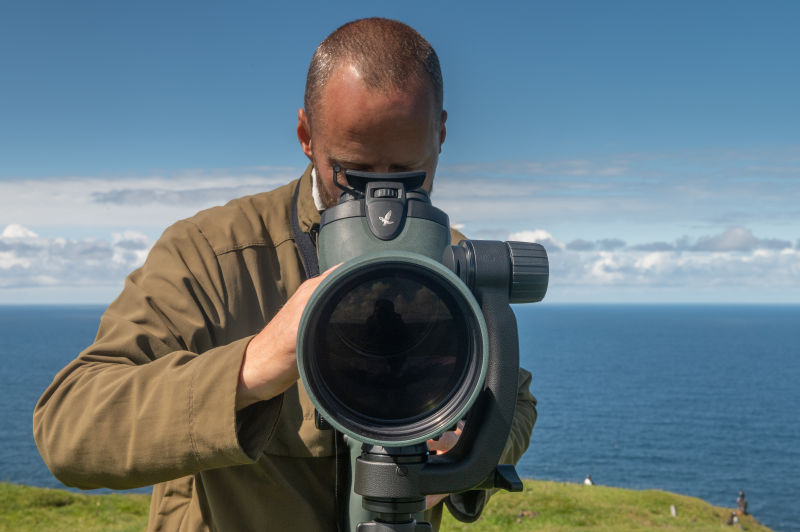Autumn migration brings thousands of birds to the Shetland Islands every year. Many species are recorded, common and rare. There is one species group I find particularly exciting and equally fascinating- redpolls. Under the right conditions there is few more authentic Shetland’s autumn birding experience than the arrival of these charismatic finches. Comprising of several forms, they are a complicated and continually debated group but with patience and experience they become a delight.


So similar are they that separation may sometimes be determined by just a few streaks - identification really is all in the detail. Picking out the two rare forms of Arctic redpoll from flocks of ‘Common’ is the real prize: Hornemann’s, (from Arctic Greenland) and Coues’s (from Scandinavian Arctic).
Finding this small flock, on a crisp October morning I was able to observe, study and enjoy three species; Mealy, North Western and the rarer Coues’s. They are often confiding but with the 115-mm objective module and 20-60x magnificationI was able to immerse not only in detail for identification but also the behavior and charisma that make them so special. I couldstudy every feather tract as they fed on autumn seed heads. A truly impressive experience.
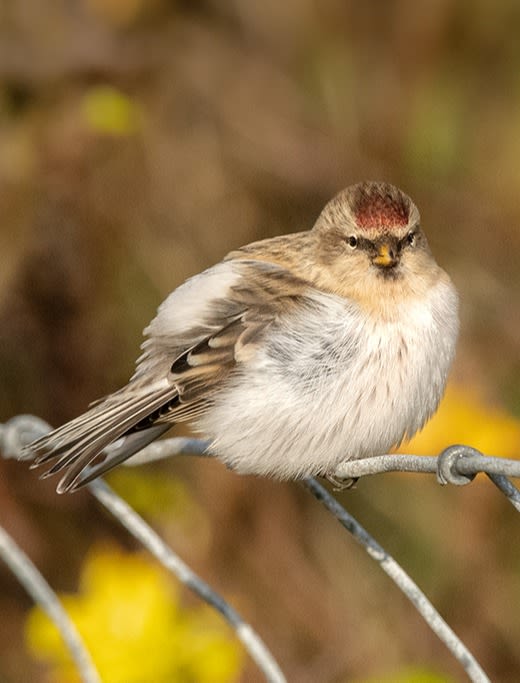
facts about
redpolls
Redpolls are a family group of cardueline finches. Though there are potentially up to six forms debated, recent studies indicate that genetically there is only one overall species. If however you set the science aside from the joy of field observation, you can continue to appreciate them and the challenge to identify them.
With the correct weather patterns any, even all forms can occur on Shetland in autumn (and even at the same time) making it the perfect place to study ‘polls’. If you have the good fortune to observe the smallest, and Europe’s widest spread form, Lesser Redpoll (Acanthis cabaret) which is comparable in size to Siskin (Carduelis spinus), alongside Hornemann’s Redpoll (Acanthis hornemanni hornemanni), from Arctic Greenland and NE Canada, which is comparable in size to House Sparrow (Passer domesticus), I am quite sure, you’ll catch my drift.
It is remarkable how DNA analysis continues to evolve and improve our understanding of identification. For me personally, however in awe and supportive of this, I feel there are still examples in birding where I don’t let science overcomplicate or even overrule the joy of field observation. Redpolls are a classic example of this.
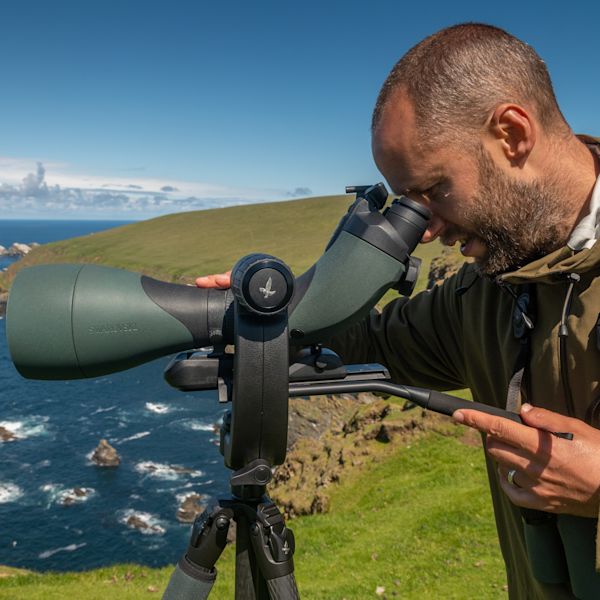
About the author:
Brydon Thomason
is naturalist consultant, photographer, guide and birder. With a lifetime of knowledge of his Shetland Islands homeland he owns and operates Shetland Nature, a wildlife tour company that celebrates the archipelagos rich natural and cultural heritage. He has worked as a media consultant, and appeared on numerous television productions about the islands wildlife, particularly the islands otters, his life’s passion. He co-authored the acclaimed book 'Otters in Shetland- the tale of the draatsi' sharing the lives, ecology and behaviour of one of Europe’s most charismatic mammals. He also works as an ornithological and ecological surveyor and consultant.











